Ben Robson is a freelance photographer based in Victoria, Australia. His passion for photography and the power of visual storytelling began while working as a journalist, but really took off when he was introduced to medium- and large-format film photography.
“Finally!” my friend, a former chef and barista, exclaimed, “a use for instant coffee!” While I am not about to argue over the virtues of instant coffee vs. freshly-ground beans, I will say that the instant stuff does a surprisingly good job of developing black and white film.
Whether you’re a film beginner or a devotee, using instant coffee to develop (with a recipe known as caffenol) is easy, cheap, and still amazes me with just how well it works each time. Like so many things when it comes to photography, there are a million different variables, from film stock to brands of instant coffee. The following process is simply my favorite, and works best using medium format (120) Fujifilm Neopan Acros 100 film.
What you will need
There are a few bits and pieces you will need to gather together before you can develop your film, but these are readily available and can be pretty cheap if you look in the right places. You may even have most of the equipment already.
- A dark bag to load your film (I’ve even used the linen cupboard on occasion!)
- A developing tank with a reel
- Scissors
- Three jugs
- A thermometer
- Washing up liquid
- A coat hanger
- Film clips (or clothes pegs will do)
The recipe
In each of your three jugs, prepare the following solutions, bringing their temperature to 20°C. Black and white film is pretty forgiving, so you really only need to be in that ballpark.
Jug 1: Caffenol
- 24 ounces of water
- 10 teaspoons of instant coffee (I used Nescafe Blend 43)
- 7 teaspoons of washing soda (try your grocery store’s laundry aisle)
- 1 teaspoon of vitamin C powder
Mix until all ingredients are dissolved.
Jug 2: Stop
- Stop solution made up to 24 ounces
Note: You can use one part white vinegar to four parts water if you don’t have Stop solution, but in the long run, actual Stop is cheaper.
Jug 3: Fixer
- Fixer solution made up to 24 ounces
Step1: Prepare
This is the tricky bit, and why I’ve been known to use a space like a linen closet, where you have a little more room and the film doesn’t collect condensation if it takes extra time to load it onto the reel. But if you do, you need to get your film wound onto the reel and into the light-proof tank in complete darkness. Once it’s in the tank, you can work in the light and see what you are doing! Depending on the film you use and the recipe, you’ll need to check out something like the Massive Dev Chart via Digital Truth to research your timings.
Step 2: Develop
Set your timer for 15 minutes, then pour your coffee mix into the film tank and, sealing it, continually rotate the tank for one minute to agitate the solution. Do the same thing for 10 seconds after every minute following. I usually give the tank a little tap on a table to dislodge any bubbles. In the case of my Fujifilm, this process takes about 15 minutes, but may vary for different film.
Step 3: Stop
As you approach the 15-minute mark, pour out the coffee solution and pour in your Stop. Agitate the tank again for one minute, then pour out the Stop. Both the caffenol and the Stop can be re-used, though I prefer using fresh batches of caffenol.
Step 4: Fix and rinse
Pour in your Fixer and agitate, timing it according to the chemical’s instructions. In the case of Ilford Rapid Fixer, I fix for five minutes.
At this point, I should note, normal chemicals, such as Fixer or Developer, need to be disposed of correctly. The beauty of caffenol and vinegar is they can both be poured down the drain. Fixer can be re-used a number of times, so pour it into an appropriate and well-labelled bottle for future use.
I will then pour water into the tank, usually straight from the tap (again, as close to 20°C as possible), and agitate by turning it over 10 times. Pouring out the water, I use a drop of washing-up liquid in the tank and again fill it with water. Agitate five times, pour and re-fill, agitate 10 times, pour and re-fill, agitate 20 times, pour and done.
Step 5: The moment of truth
This is the exciting bit. Open up the tank, unclip the reel, and pull out the film. Hopefully, what you have is a wet strip of film filled with 12 beautiful negative images. Using two fingers, run down the length of the film to remove excess water, clip it to a coat hanger, and leave it to dry somewhere as dust-free as possible, like in your shower. Now you just need to decide whether you want to scan your negatives or print them in the darkroom!
Have you tried developing film with caffenol? What’s your favorite way to develop photos? Let us know in the comments!
Follow Ben Robson
500px: 500px.com/shootingben
Instagram: @thetwelfthframe

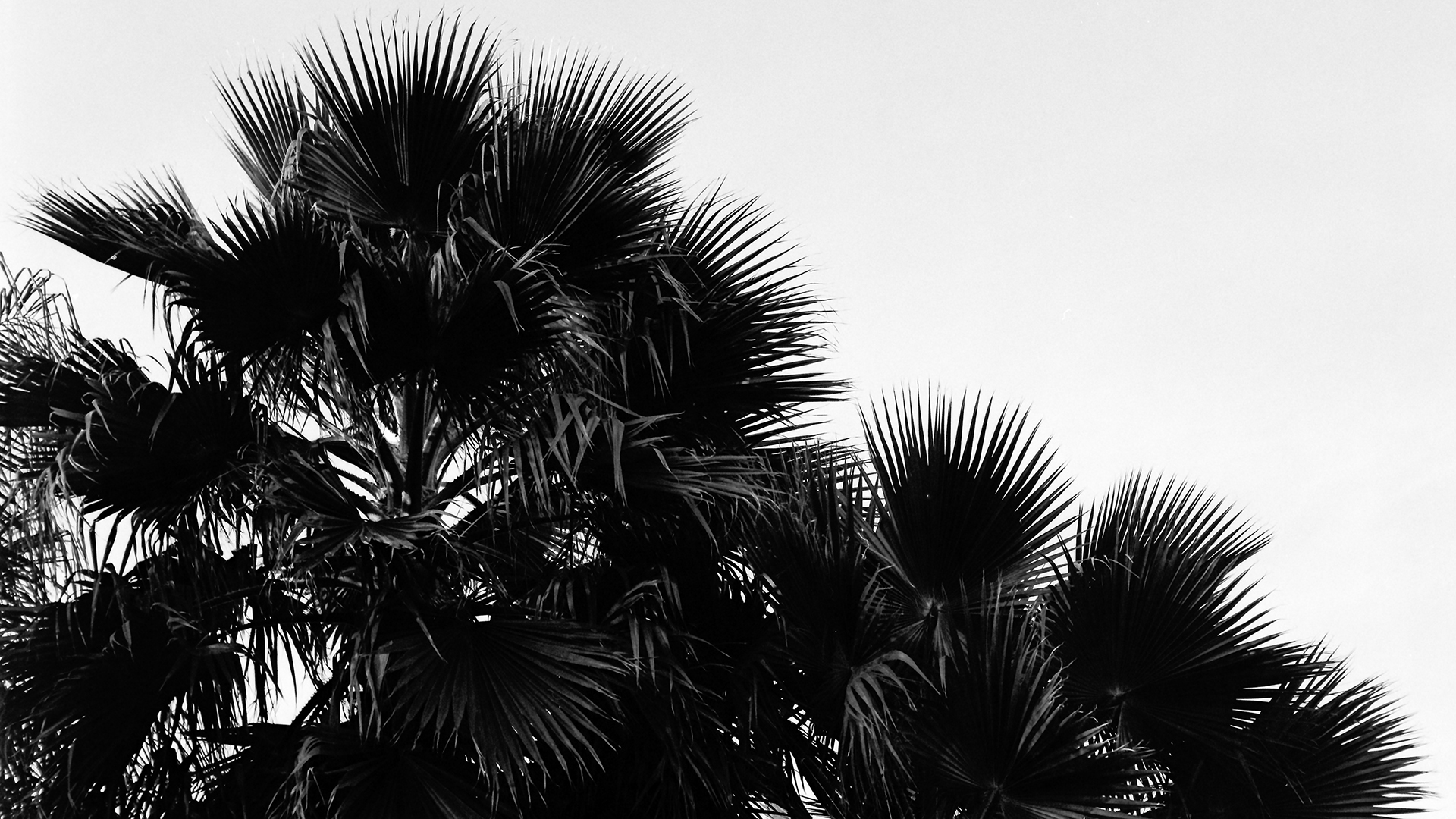
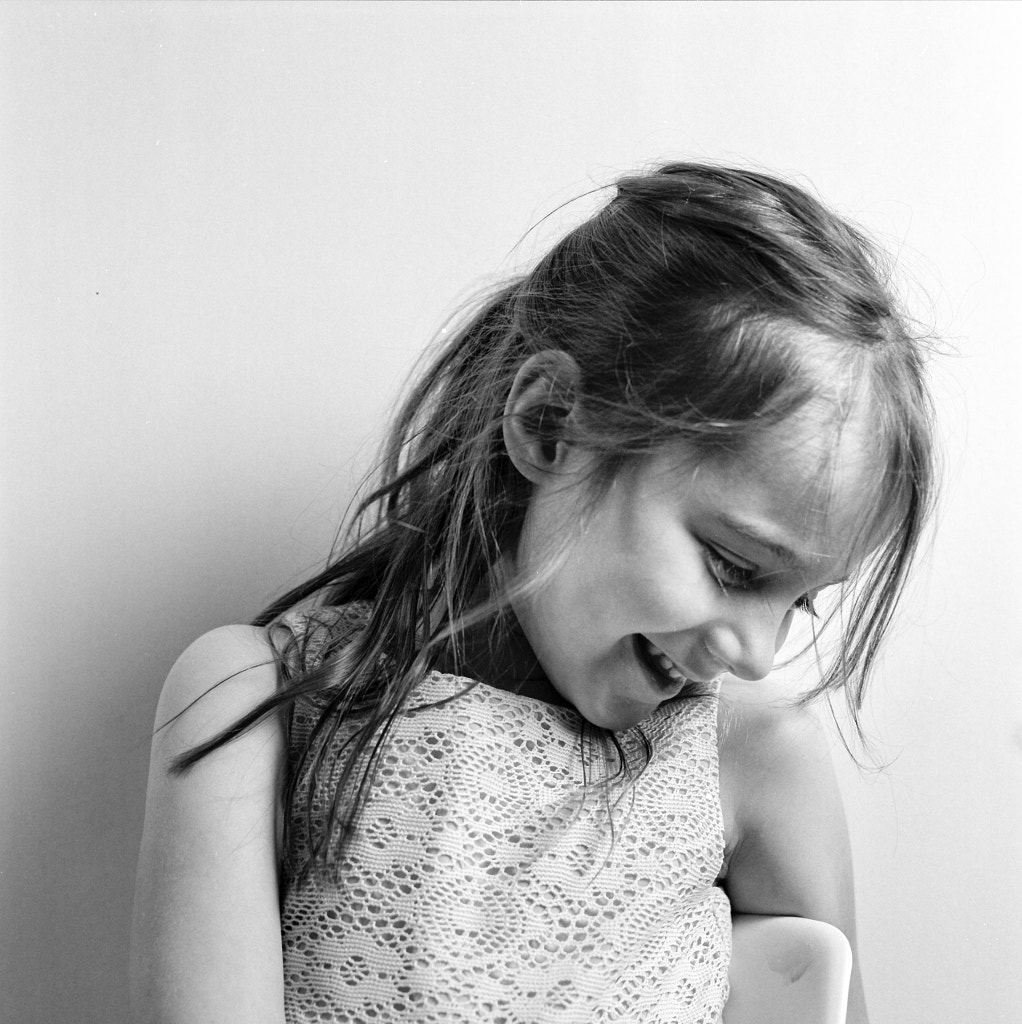
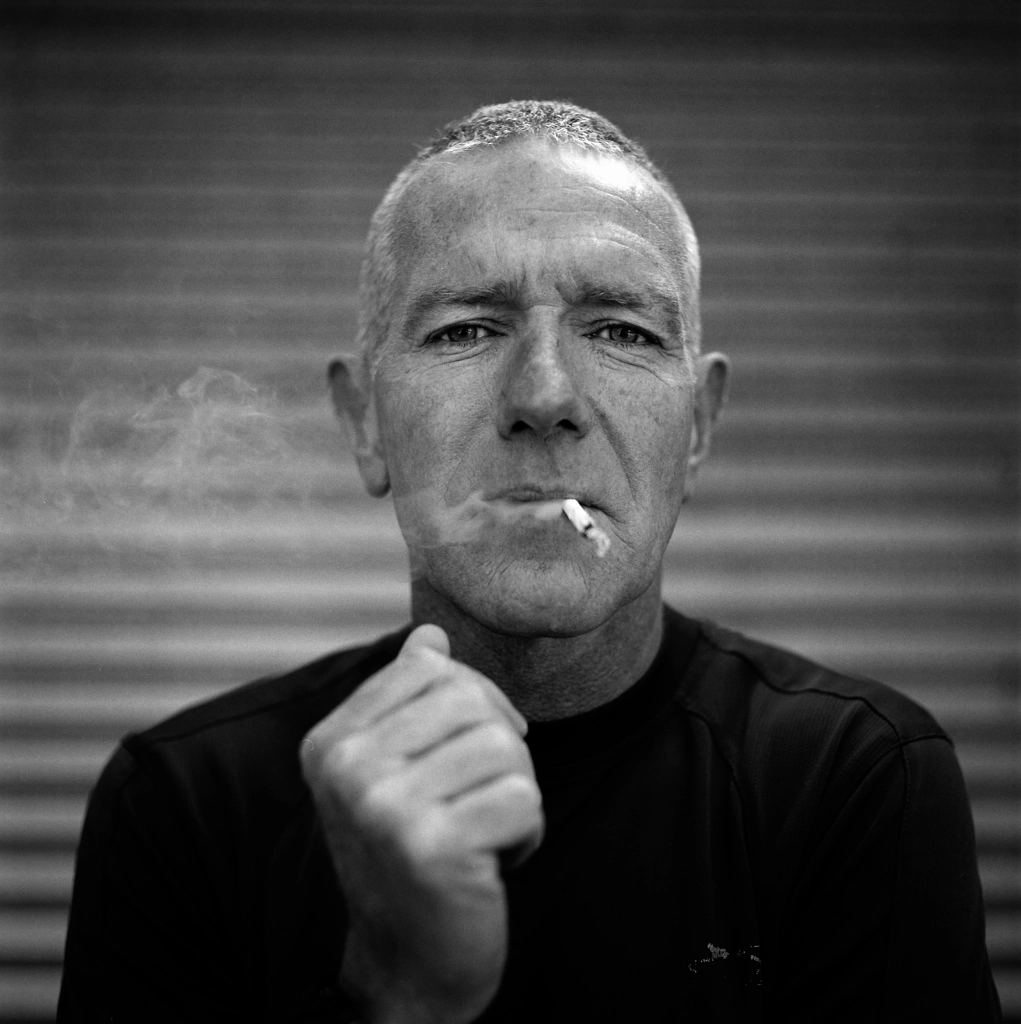
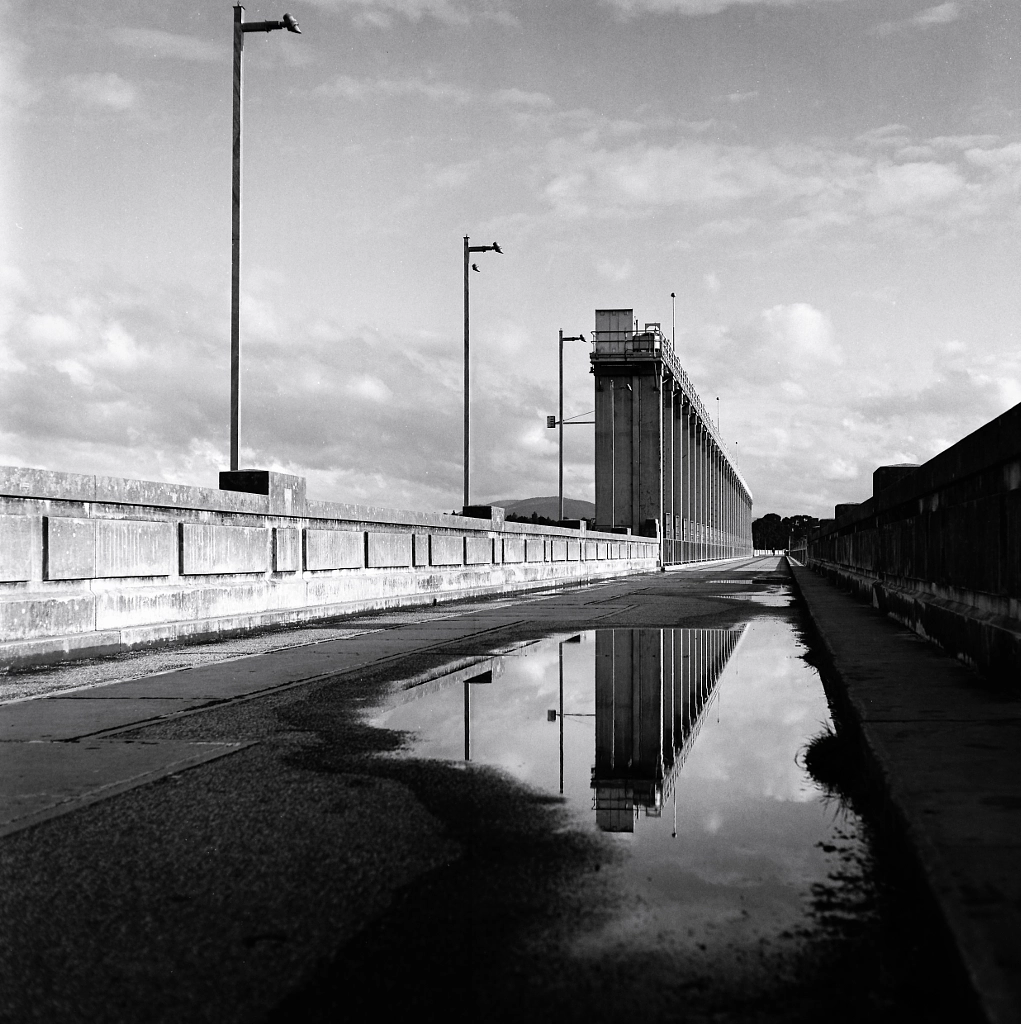
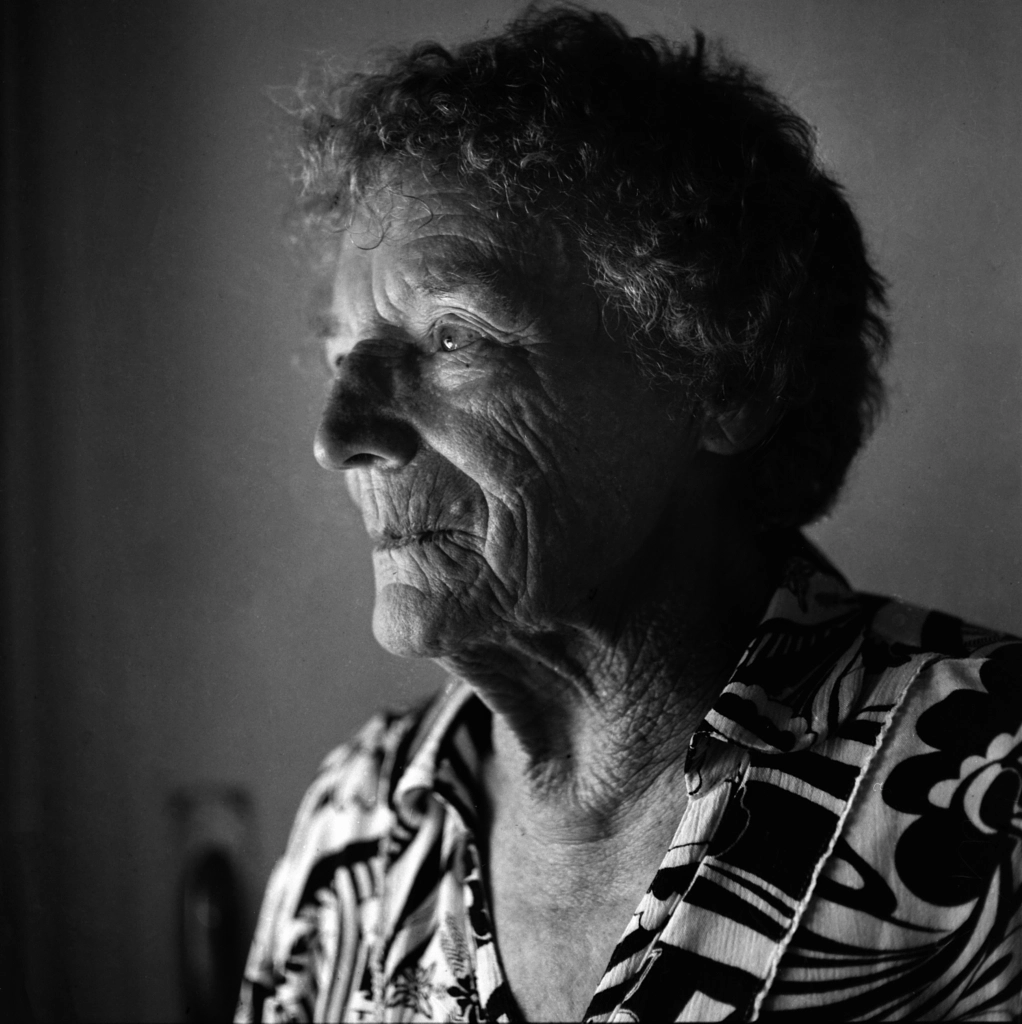
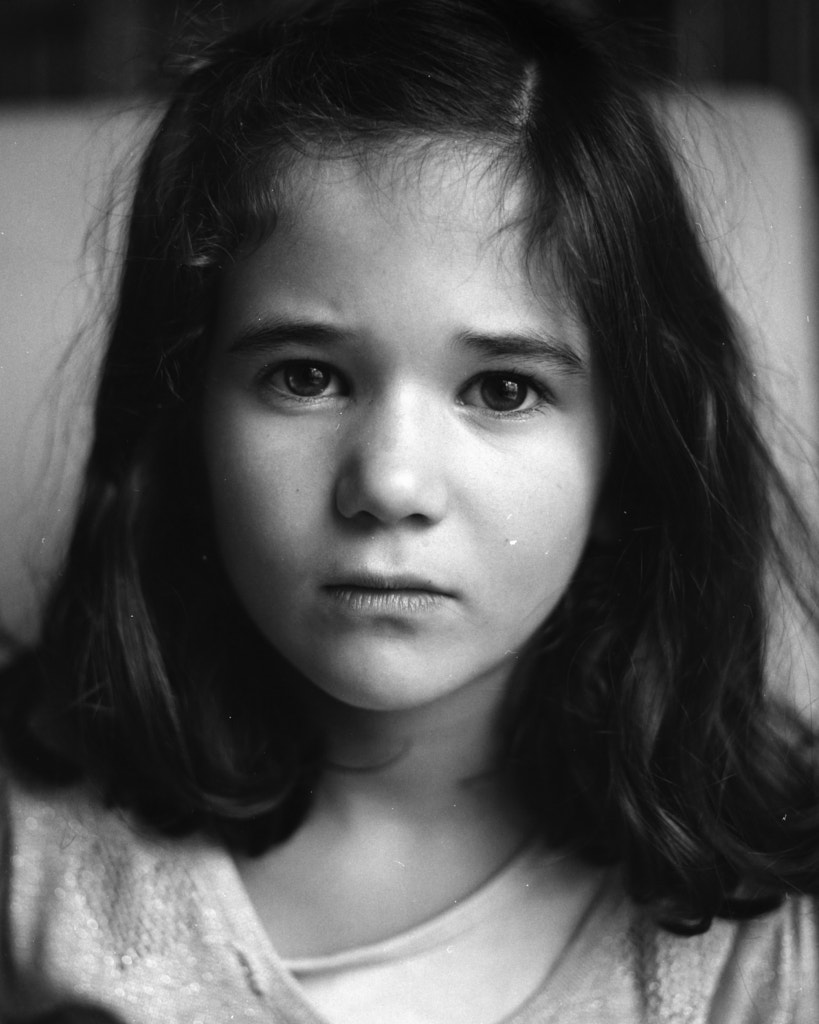


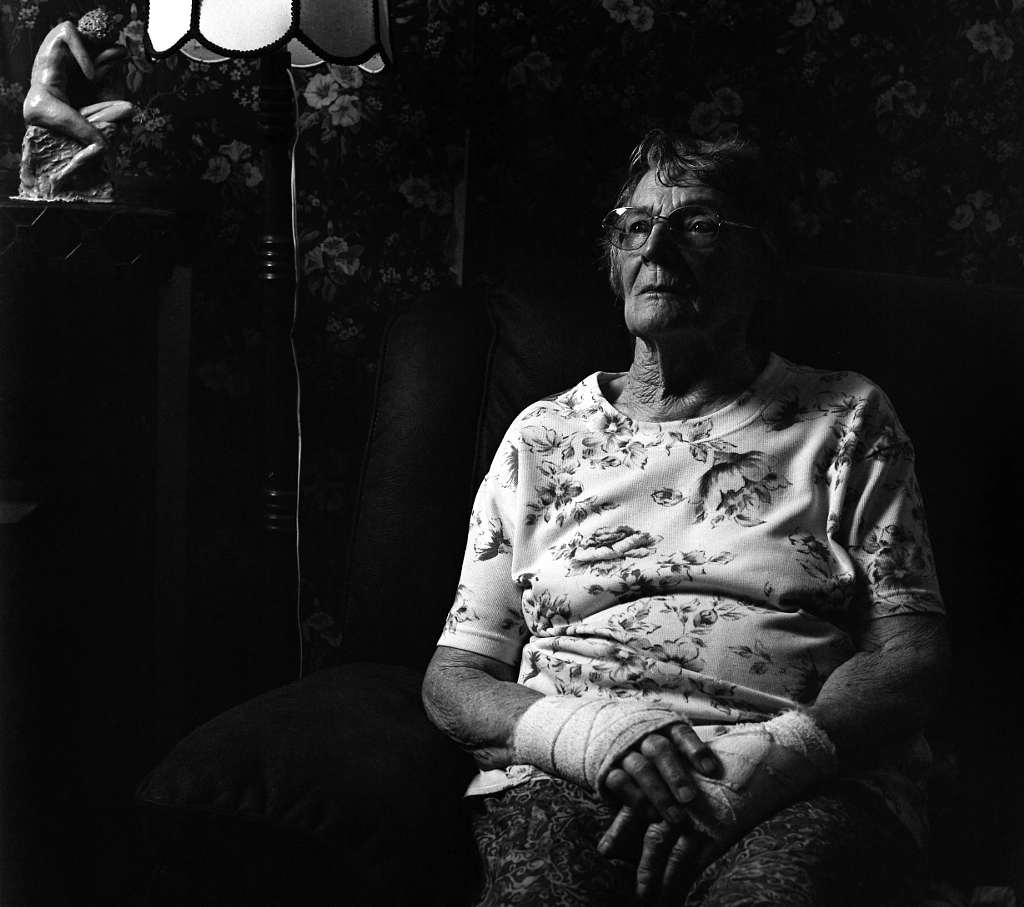
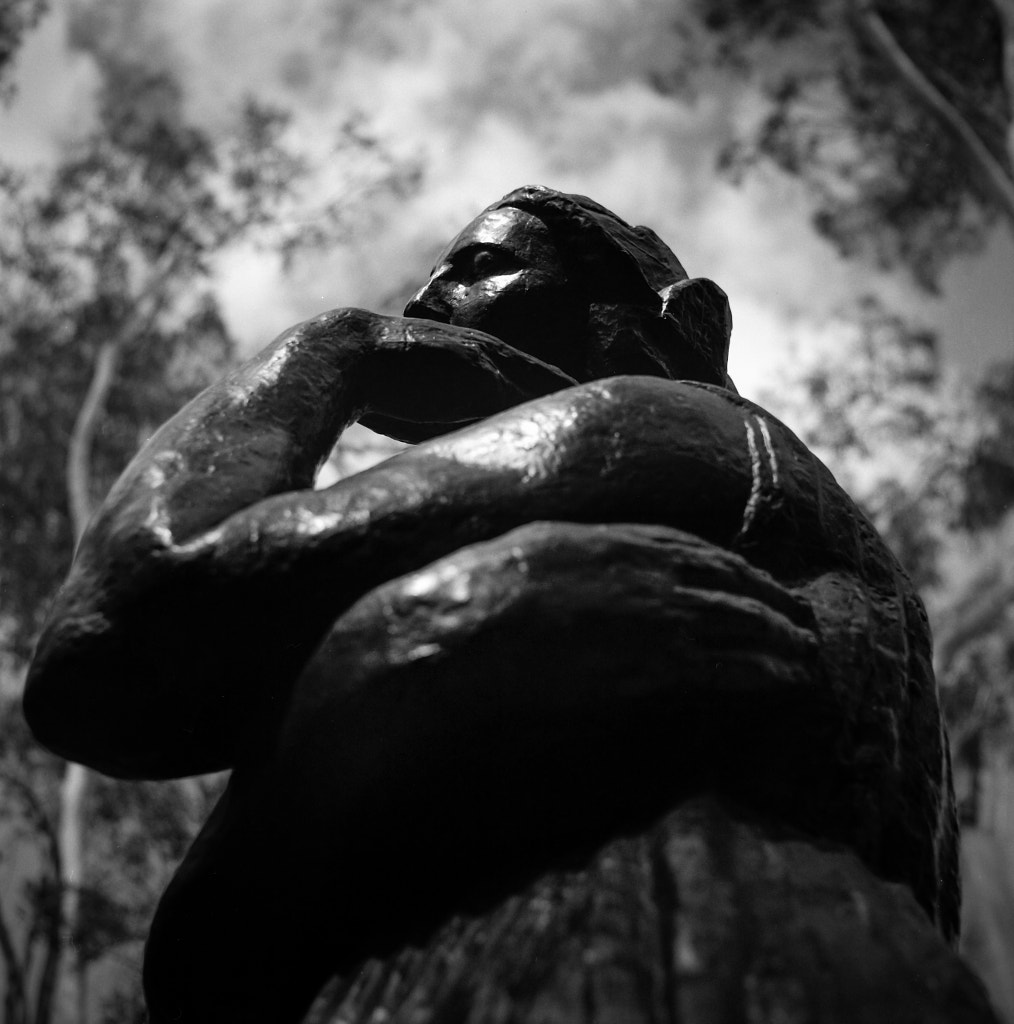

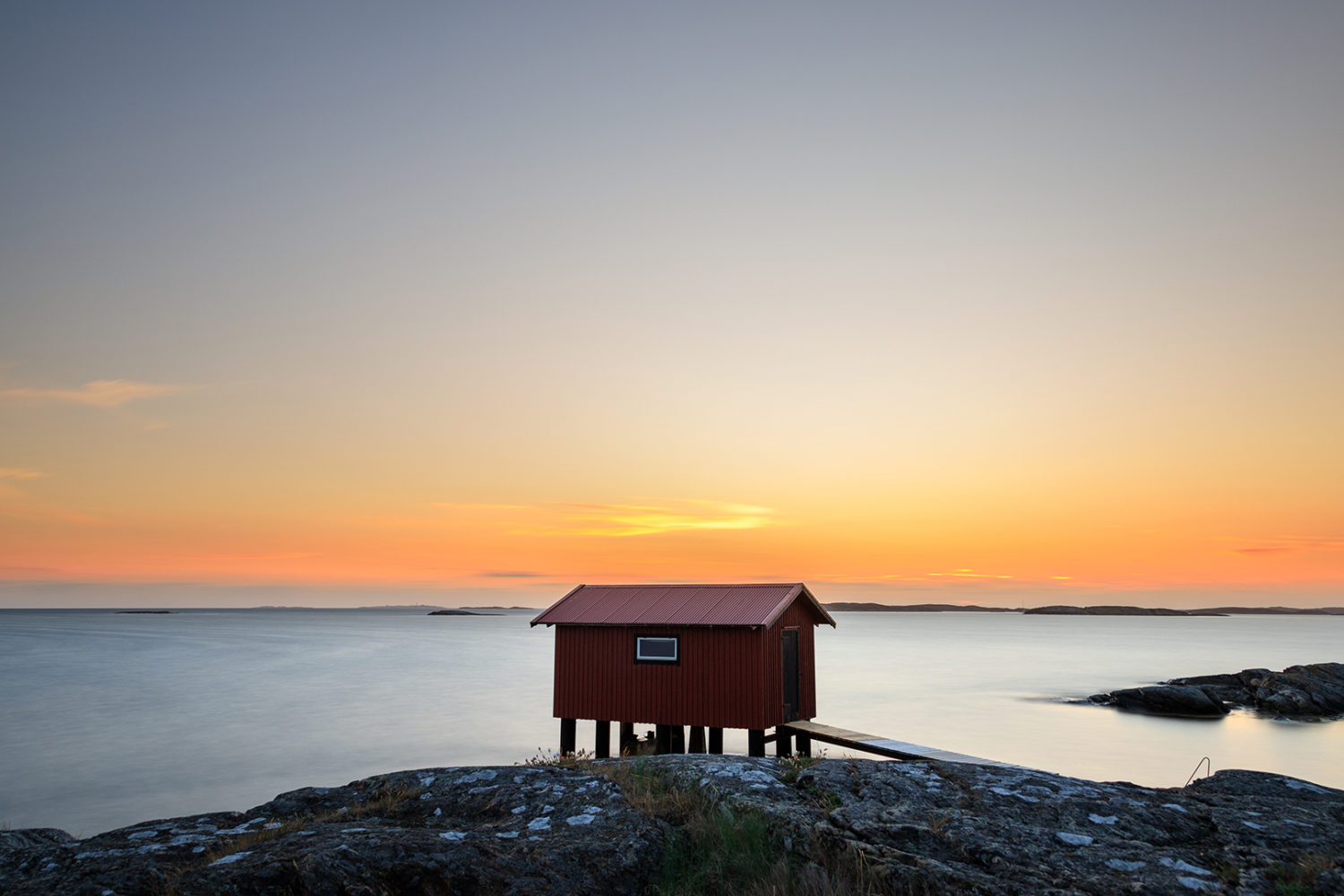



Leave a reply